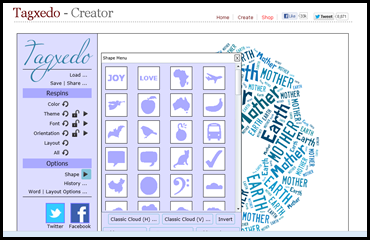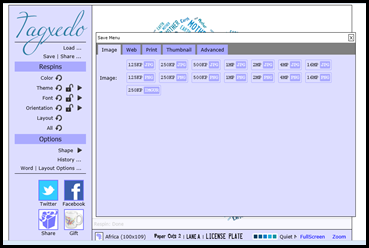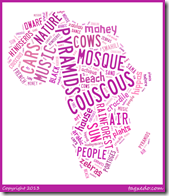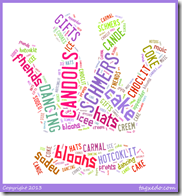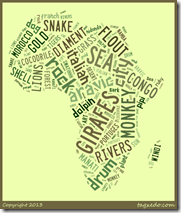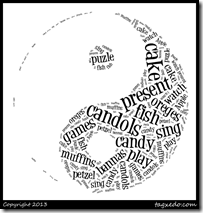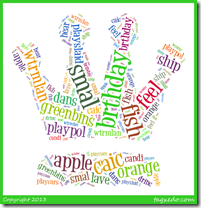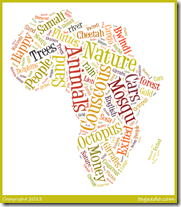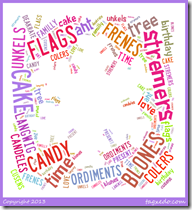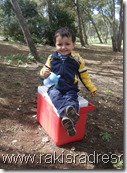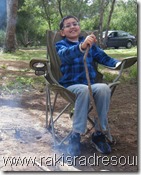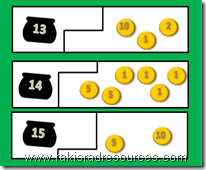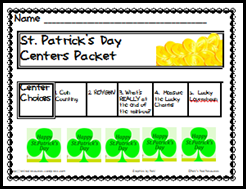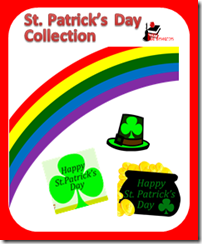Way back in August, as I began playing with my iPad, and deciding how I would use it in my classroom, I discovered Educreations. At that time I wrote a post about some interesting ways to use it and you can check them out HERE. I have used in lots of these ways this year, but all of these ways have been teacher led. While they are a great substitute for standing at the front of the room explaining, I have discovered a much better use for the Educreations app – let the kids make the lesson!
This week, my third graders have been working on  negative numbers, which is a concept we have spent a bunch of time on already and they have brought pretty close to mastery. So I decided I wanted them to “teach” others about negative numbers. Since I still have Marc Prensky’s talk from the ECIS conference fresh in my head, I started thinking of ways that I could have them create a video. There were lots of options – video an actual lesson on the iPad, use Morfo to have a talking head explain it, etc. However, the simplest was to simply let them build their own Educreations videos.
negative numbers, which is a concept we have spent a bunch of time on already and they have brought pretty close to mastery. So I decided I wanted them to “teach” others about negative numbers. Since I still have Marc Prensky’s talk from the ECIS conference fresh in my head, I started thinking of ways that I could have them create a video. There were lots of options – video an actual lesson on the iPad, use Morfo to have a talking head explain it, etc. However, the simplest was to simply let them build their own Educreations videos.
I asked them to explain:
1. placing negative numbers on a timeline
2. adding negative numbers
3. subtracting negative numbers
and I told them they had to do it in less than 90 seconds of video. The students brainstormed what they wanted to say and draw on their personal whiteboards, and then took the iPad and drew out their numberlines. We talked about having an introduction, body and conclusion and how this mirrored our writing assignments. They practiced together a bit and then were ready to record, which they did in short spurts, stopping frequently to pass the iPad, switch slides or whatever was needed.
The whole process took less than 40 minutes and they had a pretty successful video. It wasn’t perfect, which gave us an opportunity to give a glow and a grow. It definitely won’t be the last video they create, and it was a wonderful learning experience.
Here is the video that they created:
We marked their videos public, which gives us a link that we can send on to parents or bookmark for their digital portfolios.
Have you ever had your students create their own Educreations videos? What topics could you have them cover this way?




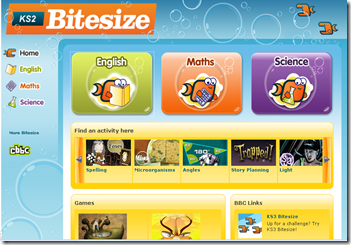
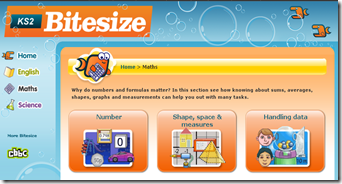

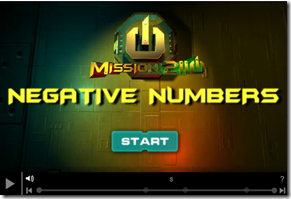
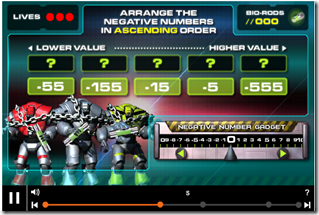

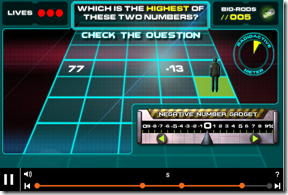
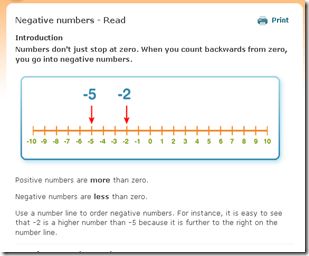
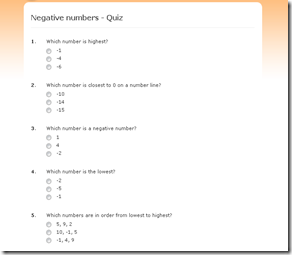



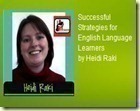
![Heidi-Raki-of-Rakis-Rad-Resources322[1] Heidi-Raki-of-Rakis-Rad-Resources322[1]](http://lh6.ggpht.com/-H4XKuxpQaOI/UU9kR5OnJ_I/AAAAAAAAMBw/908J2if-8o4/Heidi-Raki-of-Rakis-Rad-Resources322%25255B1%25255D%25255B2%25255D.png?imgmax=800)
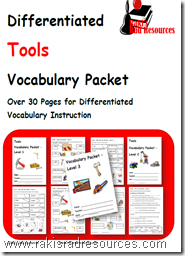



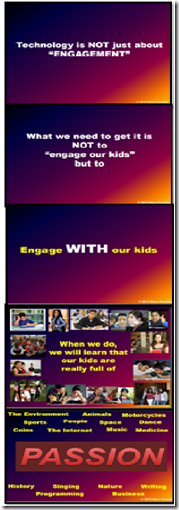
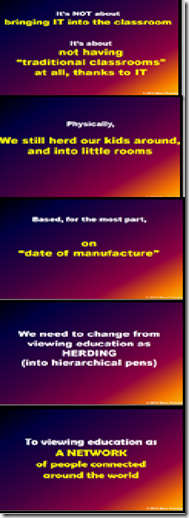
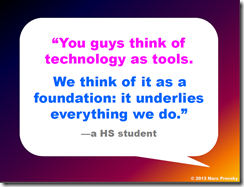
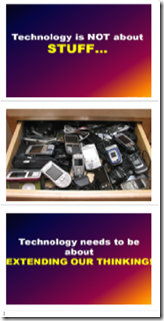





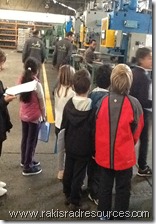
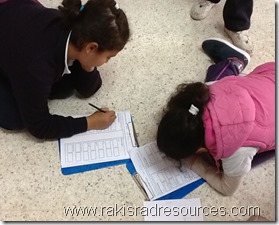
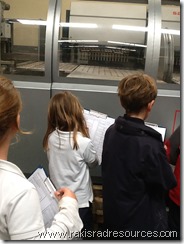


![Heidi-Raki-of-Rakis-Rad-Resources322[1] Heidi-Raki-of-Rakis-Rad-Resources322[1]](http://lh6.ggpht.com/-_yCWRfZIN6A/UUjptV_M4DI/AAAAAAAAL9Q/W6wD3AC5Hfo/Heidi-Raki-of-Rakis-Rad-Resources322%25255B1%25255D%25255B2%25255D.png?imgmax=800)
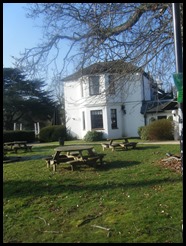





 workshop on
workshop on 




![Heidi-Raki-of-Rakis-Rad-Resources_th[1] Heidi-Raki-of-Rakis-Rad-Resources_th[1]](http://lh6.ggpht.com/-9jUBXhRDsZA/UUSD9t4_XtI/AAAAAAAAL6g/Acf6AXFAwPM/Heidi-Raki-of-Rakis-Rad-Resources_th%25255B1%25255D_thumb.png?imgmax=800)





